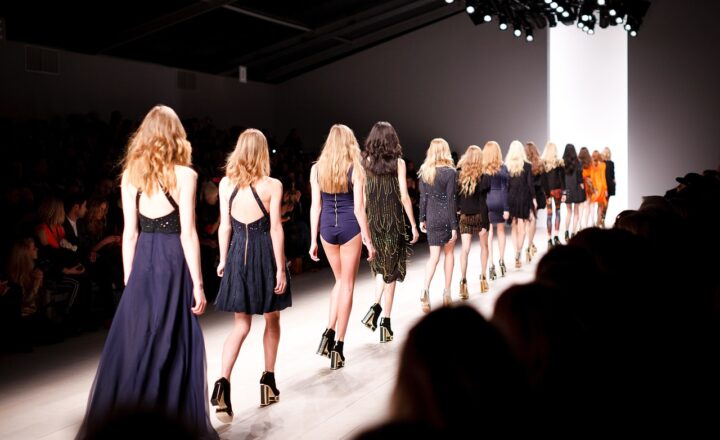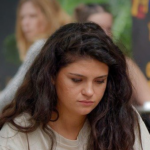The Evolution of Fashion: What Styles Reflect About Our Society’s Values
November 17, 2024

Fashion is not just about clothes; it is a reflection of society’s values, beliefs, and cultural shifts. As we journey through history, from the ancient civilizations to the digital age, fashion has evolved significantly, mirroring changes in socio-political climates, technological advancements, and cultural exchanges. In this article, we will explore how fashion has transformed over the centuries and what those transformations reveal about our societal values.
1. The Ancient World: Dressing for Class and Identity
In ancient civilizations, such as those in Egypt, Greece, and Rome, clothing was crucial for social stratification. The materials used, the colors worn, and the styles adopted indicated one’s social status. For instance, the Egyptians favored linen, a fabric that was both practical and luxurious, demonstrating the wealth of their society. Conversely, in ancient Rome, togas distinguished the citizens from non-citizens; the more elaborate the toga, the higher one’s rank.
Animal skins or simple tunics characterized the attire of working classes, while the wealthy adorned themselves in colorful silks and rich embroidery. The styles of these periods reflected not only individual identities but also societal hierarchies, showcasing fashion’s role in establishing class and power dynamics.
2. The Middle Ages: Modesty and Religion
During the Middle Ages, a significant shift occurred in the fashion narrative as modesty and religious beliefs took precedence. Clothing became a symbol of piety and social propriety. Both men and women donned garments that covered much of their bodies, adhering to the values promoted by the Church.
Fabrics like wool and silk were popular, with the Church often dictating the style and usage of certain colors. The green of the nobility, for instance, became a color associated with jealousy and greed according to religious doctrine. Here, fashion revealed the societal values of morality and modesty, reflecting the prominent role of religion in everyday life.
3. The Renaissance: A Celebration of Individualism
The Renaissance marked a dramatic transformation in fashion, celebrating individuality, humanism, and the rediscovery of ancient Greek and Roman ideals. Clothing became a canvas for self-expression, as fashion was not merely dictated by status but also creativity.
Rich fabrics such as velvet and brocade, adorned with intricate patterns and designs, highlighted the wealth and artistic interests of this era. The emergence of tailored garments allowed individuals to showcase their identity, reflecting broader societal shifts towards individualism and personal expression. This surge in creative freedom emphasized that one’s attire could serve as an extension of their personality and social aspirations.
4. The Industrial Revolution: Mass Production and Accessibility
With the onset of the Industrial Revolution, fashion underwent one of its most significant transformations. The advent of mass production made clothing more accessible to the general public, breaking the monopoly the elite had over fashion. Ready-to-wear garments became increasingly popular, reflecting the burgeoning middle class’s desires and needs.
Fashion magazines emerged during this time, playing a pivotal role in shaping trends and democratizing style. This shift illustrated a major societal value of the era: the rise of consumer culture and the importance of clothing as a means of expressing growing economic power and autonomy. The idea that fashion was no longer confined to the wealthy, but accessible to all, marked a monumental change in societal values regarding class and consumption.
5. The 20th Century: Revolution and Rebellion
The tumultuous 20th century saw fashion become a battleground for social change, reflecting movements such as feminism, civil rights, and anti-war sentiments. It was a time of rebellion against traditional norms. The flapper dress of the 1920s symbolized women’s liberation, while the military-influenced styles of the 1940s and ’50s echoed the tumult of war and the desire for pragmatism.
Rock ‘n’ roll and counterculture movements in the 1960s and ’70s birthed styles such as bell-bottoms and tie-dye, reflecting values of freedom, peace, and non-conformity. Fashion became a medium of protest, offering individuals a way to express their beliefs and dissent against societal norms. Styles of this era encapsulated the shifting dynamics of authority, signaling a collective desire for self-expression and social justice.
6. The 21st Century: Sustainability and Technology
In recent years, fashion has confronted pressing issues such as sustainability and ethical production. As society becomes increasingly aware of environmental and social issues, there has been a push for sustainable fashion practices. Brands focusing on eco-friendly materials and fair labor practices are becoming more prominent, reflecting a societal shift towards valuing ethics over mere aesthetics.
Additionally, technology has transformed the fashion landscape with the rise of online shopping and virtual fashion shows. Social media platforms have become influential in shaping trends and democratizing fashion to a global audience. The modern era reveals a new societal value: the importance of authenticity and transparency, urging consumers to demand more from the brands they support.
Conclusion: Fashion as an Ongoing Reflection of Society
As we can see, fashion is much more than garments we wear; it is a mirror to society’s values, ambitions, and struggles. From class distinctions in ancient civilizations to today’s emphasis on sustainability and inclusivity, each transformation in fashion conveys deeper narratives about the human experience.
Understanding the evolution of fashion allows us to see how our choices reflect our beliefs and aspirations as a society. As we continue to navigate the ever-changing landscape of style and identity, let us celebrate the power of fashion as an ongoing expression of who we are and what we value today.
Whether for comfort, self-expression, or rebellion, the choices we make in fashion tell a story – a story that continually unfolds with every era, maintaining its intimate relationship with the values that define our society.







